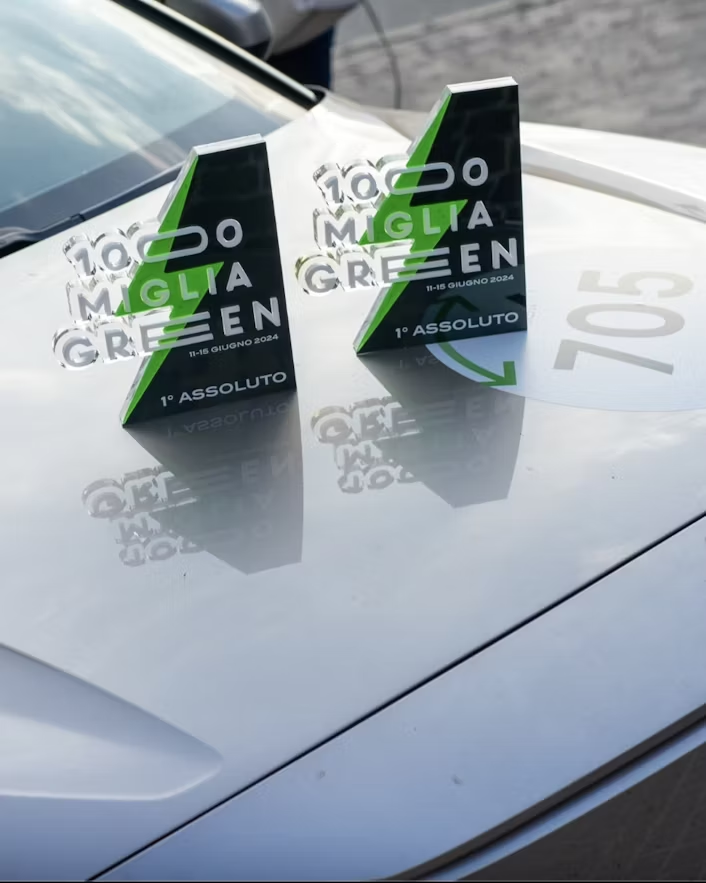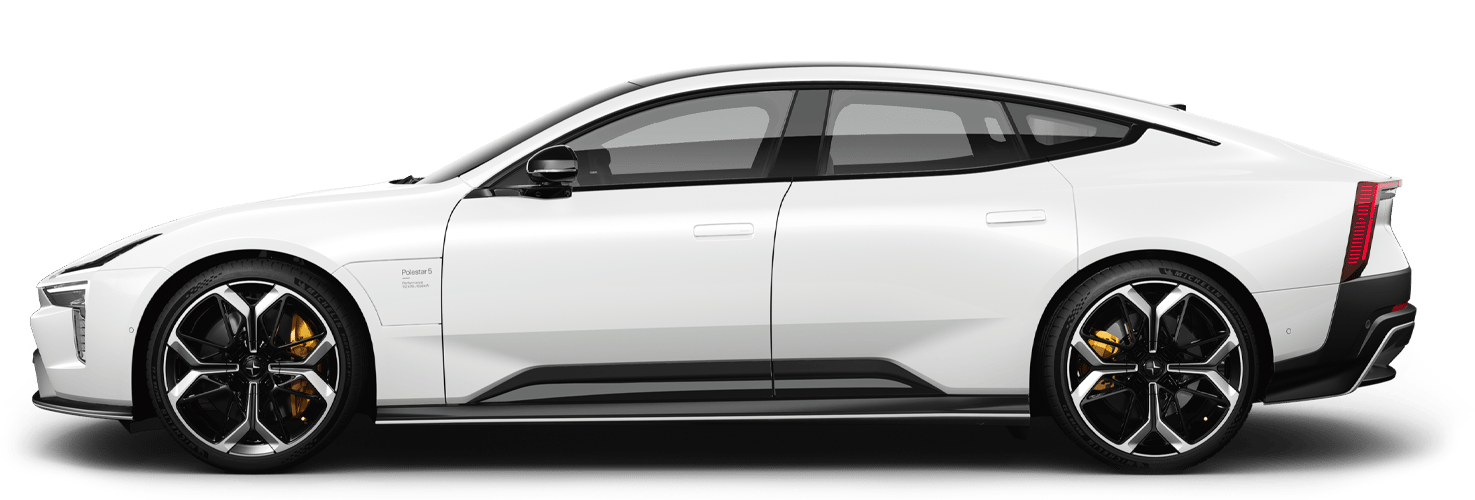Polestar 2 becomes the first Swedish car to win 1000 Miglia Green
A crown jewel in Italy's already star-studded racing lineup, the Mille Miglia has been attracting motorsport royalty for the best part of a century. Famed for its distance, beauty, and mountain passes, this 1,000-mile race pits both driver and car against not just the clock but some of the most challenging roads on the racing calendar. So, what happens when you enter a Polestar 2 in the competition's all-electric edition?

There's a 60-mile stretch of road in central Italy that's about as good as it gets in motorsport. Somewhere between Florence and Bologna, you'll find the rather dull-sounding SP65. Despite the uninspiring name, the road is a driver's paradise — all sweeping bends and rolling hills as it gently winds its way down the Apennines Mountain range that dissects the two cities. It's as picture-perfect as you'd imagine.
However, don't let the serenity fool you: this is car country. The idyllic wheat-strewn Tuscan landscape of sandstone villas and sun-drenched vineyards just so happens to be supercar territory, where prancing horses and raging bulls (fresh from the neighbouring factories in Modena and Sant'Agata Bolognese) are still put through their paces on sleepy Sunday mornings.
But for one week in June, this particular part of southern Europe is home to one the world's great racing events: the Mille Miglia ("Thousand Miles").
The race itself is the stuff of legend. It's a story of high-flying aristocrats and late-night skullduggery, of reputations quickly won and (as quickly) lost, and of rivalries forged on ancient Italian roads. Its name forever linked with the sporting greats of Tazio Nuvolari, Stirling Moss, and Alfonso de Portago — the trailblazers of motorsport (part playboy, part daredevil) whose legacy is as much a part of Mille Miglia’s own storied history, as it is their own.

The green mile
Of course, things have changed somewhat since Moss set an average speed record of 99mph during his 1955 victory (completing the race in a little over 10 hours). Now, instead of a simple "fastest car over 1,000 miles wins" type of race, the course is divided into several stages that test participants using time controls and time trials. Essentially, it still comes down to speed, but now it's much more of a staggered race, as opposed to one crazy long sprint around the Italian countryside.
Interestingly, it's a race also open to the public, with registration fees the only obstacle to participation. This all comes together to make a rather unique — and surprisingly inclusive — five-day festival of automotive excellence featuring professionals and amateurs alike.
To keep up with the changing times, the event's organisers launched a "green" edition of the race, dubbed 1000 Miglia Green. Only open to electric vehicles, the event embraces the more sustainable side of racing, but the fundamentals are still the same. It's still 1,000 miles. It's still open to the public. And it is still taken extremely seriously by the women and men taking part.
But despite the familiarities, this year's event came with a couple of firsts.


P2 gets P1
A Polestar 2, driven by the all-Italian duo of Mirco Magni and Alessandro Ferruta, held off a seven-car field to become the first Swedish car brand to win the event. "It has been a thrilling experience. We've been racing head-to-head with the car that came second for the whole race and won at the very last stage," Mirco tells us after the race. "It has been the most enjoyable 1000 Miglia Green I've ever raced. I'm really happy because I'm the first driver to have won the 1000 Miglia Green twice, and the Polestar 2 is the first Swedish car to get first place."
The car also proved to be ideally suited to long-distance endurance racing, with the efficiency of the new powertrain playing a key role in the Polestar 2's success. "The Long range Single motor surprised me. I've obtained a medium consumption of around 14 kWh/100 km, driving more than 550 km without charging. That was very important in a long race as the 1000 Miglia," explains Mirco.
As the event continues to grow, race organisers expect even larger fields in the upcoming years. But Mirco remains undaunted: "We had so many great moments during the race, but one thing that surprised me the most was how thrilled Italian fans were by my Polestar. I've just finished this year's race, but I can't wait to race again next year."
Complimenti on the win, Mirco! We'll see you again next year.








